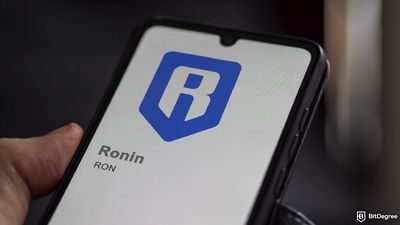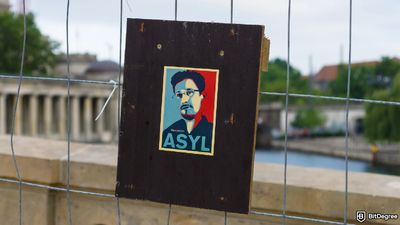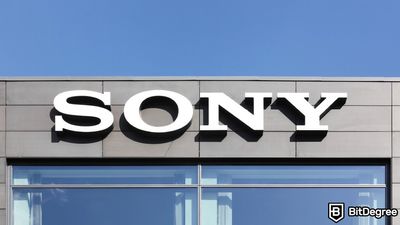LayerZero has now joined forces with PayPal to bridge their dollar-backed stablecoin, PayPal USD (PYUSD), between the Ethereum
This integration employs LayerZero’s Omnichain Fungible Token (OFT) Standard, which makes it easier for holders managing their own PYUSD wallets to move assets across different blockchains without turning to centralized services like PayPal itself.
Over the last few months, the market performance and distribution of PYUSD have evolved. In August, PYUSD reached its highest market cap, achieving $1 billion in total value. At that peak, Solana hosted more than $660 million of PYUSD’s circulation, while Ethereum accounted for $340 million.

Did you know?
Want to get smarter & wealthier with crypto?
Subscribe - We publish new crypto explainer videos every week!
What is Uniswap? (UNI Token Explained With Animation)


Despite the notable growth of PYUSD, it still trails well behind leading stablecoins such as USD Coin
PayPal has been actively working to expand the functionality and reach of its stablecoin. One such effort includes its collaboration with Anchorage Digital, a digital asset custodian, to provide rewards to clients who choose to store their PYUSD with Anchorage.
PayPal introduced PYUSD on Solana in May 2024, establishing partnerships with platforms like Crypto.com and Phantom to help onboard users to the network.
In October 2024, the first corporate payment using PYUSD was executed. The transaction was sent to Ernst & Young—PayPal's auditing firm and a global leader in accounting—via SAP's digital currency platform.
As PYUSD's presence in the blockchain ecosystem grows, it may continue to gain traction among users seeking versatile and decentralized digital payment solutions.
In other news, Ethereum ETFs have hit a new record with a $295 million inflow, showing how big investors are betting on crypto. What’s driving this massive surge? Read the full story.






















